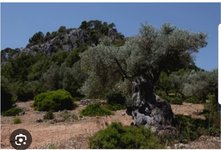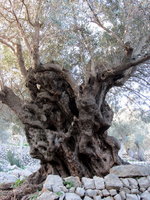leatherback
The Treedeemer
Hi All,
I styled a larger olive this srping, and received some feedback that it looks unnatural (styled the way most bonsai olives are).
In any case.. I am now at half a foot of extention and the wire need to be removed. That is also time to look into the ext styling and how to build the canopy further.
I cannot really find examples how and olive would grow it left unstyled and trimmed and age naturally. Would be most keen to see some pictures.
Who can help me?
Please share what you have!
I styled a larger olive this srping, and received some feedback that it looks unnatural (styled the way most bonsai olives are).
In any case.. I am now at half a foot of extention and the wire need to be removed. That is also time to look into the ext styling and how to build the canopy further.
I cannot really find examples how and olive would grow it left unstyled and trimmed and age naturally. Would be most keen to see some pictures.
Who can help me?
Please share what you have!







